Is Bidet Spray Necessary for Your Bathroom Needs?

Is Bidet Spray Necessary for Your Bathroom Needs?
Walk into any bathroom store in Auckland and you will see an impressive spread of taps, trims, vanities and tech. Among them sits a small fitting that prompts a big question: do you actually need a bidet spray? The answer depends on hygiene goals, comfort preferences, plumbing realities and lifestyle. Once you look past habit and think about outcomes, the picture becomes clearer.
Many Kiwi households are rethinking bathroom basics with the same curiosity that fuelled the shift to rain heads, thermostatic mixers and water saving cisterns. A handheld bidet spray is not just a gadget. It can change how clean you feel, how much you spend on consumables, and how confident a bathroom is for people with different needs.
What problem are you trying to solve?
A bidet spray is a simple tool. It delivers a focused stream of water for personal cleaning after using the toilet. That is it. The value sits in three areas.
● Hygiene: water removes residue more reliably than dry paper. Less friction means less irritation.
● Comfort: warm water options add a level of comfort during colder months or for sensitive skin.
● Independence: people with mobility limits often find a spray easier than twisting and reaching with paper.
It is not the only way to reach those outcomes, but it is one of the most direct.
Hygiene and health: the case for water
Ask any GP or pelvic health physio and you will hear the same refrain. Irritated skin around the perineum heals faster when cleaned gently with water and then patted dry. Dry wiping can abrade already sensitive tissue. For people dealing with haemorrhoids, IBS, postpartum recovery or flare ups of dermatitis, that difference matters.
Water also reduces lingering odour, which is more about confidence than anything else. Once people make the switch they tend to talk about feeling fresher during the day. It is a small change with an outsized impact on comfort.
Parents find them useful during toilet training and after messy nappies. So do people who sit for long periods, cyclists, or anyone who gets chafing.
One short caution. If you have wounds, stitches, or specific medical advice, follow your clinician’s guidance on pressure and temperature. Most handheld sprays are fine used with a gentle setting and cool to lukewarm water.
Environmental and cost realities
Toilet paper is simple, but it is not free to produce or dispose of. Even recycled paper carries a footprint. A rough comparison helps frame the choice.
● A typical bidet spray use: about 0.5 to 1.5 litres of water depending on pressure and duration.
● A single roll of toilet paper: estimates vary, but lifecycle assessments often put the water footprint in the range of 100 to 150 litres when you include pulping and bleaching, with 0.5 to 1 kg of wood used per few rolls.
You will still need some paper. Most people pat dry with a small amount. Others keep a stack of washable cloths at home and use paper only when out. Either way, ongoing spend usually drops, and the bathroom bin fills more slowly.
If your home is on tank water, the calculation shifts a little. A bidet’s extra litres come from your storage rather than a distant dam. Even then, a few litres a day is minor compared with laundry or showering.
When a bidet spray feels necessary
Not everyone needs one. Some people cannot imagine going without.
You will likely see it as close to essential if you:
● Experience repeated irritation from wiping
● Live with conditions that make reaching difficult
● Share a bathroom with elders who want to retain independence
● Manage menstruation, postpartum care or perimenopause dryness
● Are moving toward zero waste habits and want to cut paper use
● Prefer a higher standard of personal cleanliness day to day
You can probably skip it for now if you:
● Are happy with your routine and have no comfort issues
● Are renting with strict rules and cannot get landlord permission
● Have very low water pressure that makes a spray underwhelming
● Plan to install a full bidet seat soon and do not want to change twice
The options side by side
There is more than one way to add water to your routine. The table below compares the common choices.
Option | Upfront cost | Install | Water temp | Power needed | Hygiene boost | Ongoing cost | Notes |
Handheld bidet spray | Low to moderate | Plumber recommended for backflow, simple once set up | Cold or mixed | No | High | Low | Flexible, quick to use, risks if left pressurised |
Non-electric seat attachment | Low to moderate | DIY for some, better with plumber | Cold or mixed | No | High | Low | Controls on side of seat, no hose to hold |
Electric bidet seat | Moderate to high | Plumber and electrician | Warm with drying | Yes | Very high | Low | Features like heated seat, adjustable pressure, dryer |
Integrated smart toilet | High | Professional install only | Warm with drying | Yes | Very high | Low | Premium build, compact, best for new builds |
Portable squeeze bottle | Very low | None | Cold or warm tap water | No | Moderate | Low | Travel friendly, manual effort |
If you like the control and flexibility of a handheld hose, the spray wins. If you want comfort, warm water, a dryer and presets, a bidet seat is on another level. The seat does require a power outlet near the toilet, so plan for an electrician.
NZ plumbing rules and safety you cannot ignore
A bidet spray is simple to use, but the plumbing behind it matters. New Zealand’s Building Code and the referenced AS/NZS standards treat any device that could be submerged in a toilet or basin as a backflow risk. That is because dirty water could siphon back into your supply if the mains pressure drops.
Here is what that means in practice:
● Install an appropriate backflow prevention device. Your certifying plumber will select a vacuum breaker, double check valve, or another device to suit the hazard level and your layout.
● Use a shut-off valve or T-adaptor with an isolator, and turn it off when the spray is not in use. That relieves pressure on the hose and reduces risk of leaks.
● Consider a pressure limiting valve if your mains pressure is high. Flexible hoses and fittings often have a maximum working pressure marked on the product. Many New Zealand homes sit between 300 and 600 kPa, which can be too high for some imported kits without a limiter.
● If you want warm water to the spray, use a proper tempering solution. A thermostatic mixing valve will deliver safe warm water. Sanitary fixtures normally require tempered water at or below 50°C in domestic settings.
Two more points. Insurance companies can be tough on claims where flexible hoses fail and flood. And older houses sometimes have brittle stopcocks or unknown pipework. Both are reasons to use a qualified plumber rather than a DIY approach.
Everyday use: pressure, aiming and drying
Most sprays have a trigger you squeeze to control flow. Start with a gentle press and fine tune. You will find the angle that works for you within a day or two.
Drying is personal preference. Many people keep a small stack of folded paper near the toilet and pat dry with one or two sheets. Others keep a towel just for themselves. Electric seats add warm air drying, which might remove paper entirely for some users.
Hygiene is about how you store the spray. Mount the holder on the wall or the side of the cistern. Keep the nozzle off the floor and away from the toilet bowl. Give the head a quick rinse with soapy water during your regular bathroom clean.
Comfort through winter
Cold water is bracing in July. If you are in Dunedin rather than Northland you will feel that even more. There are three ways to handle it.
● Choose a spray fed by a small tempering valve that mixes hot and cold from nearby supplies. Many ensuites have a basin next to the toilet, which simplifies the pipe run.
● Install a non-electric seat attachment with a mixing connection to the basin’s hot line.
● Go for an electric bidet seat that heats water internally.
Warm water is not mandatory, but it can be the difference between a nice habit and one you skip when the temperature drops.
Costs in New Zealand terms
Budget guides help plan without surprises.
● Handheld spray kit: 29 to 200 NZD depending on brand and materials
● Backflow device, isolation valve and fittings: 80 to 250 NZD
● Plumber labour: 150 to 300 NZD for a straightforward install, more if lines need rerouting
● Non-electric seat attachment: 100 to 300 NZD
● Electric bidet seat: 600 to 2,500 NZD
● Electrician for a new power point near the toilet: 200 to 400 NZD
Ongoing costs are minimal. You might see a small uptick in water use on your bill and a drop in toilet paper spend.
Ten practical tips for first timers
● Pick stainless steel or quality ABS with solid fittings to reduce leaks
● Use the shut-off valve after each use to relieve hose pressure
● Mount the holster so the spray is within easy reach, not touching the floor
● Train the household to aim first, squeeze second, then release before moving the nozzle
● Keep a small towel or a tissue box nearby for drying
● Avoid scalding by setting your tempering valve once and leaving it
● Do not let kids treat the spray like a water pistol
● Keep a microfibre cloth to wipe the hose and head during weekly cleaning
● Ask your plumber to label the isolation valve location for quick access
● If you have a septic tank, the extra water load from a spray is minor. Harsh paper is often a bigger challenge than clean water
Rentals, guests and shared homes
In a rental, talk to the landlord first. Many are open to improvements done by a licenced plumber, especially when backflow prevention is included. Leave the old angle stop in a labelled bag for reinstatement when you move out.
In a flat with guests cycling through, a handheld spray can confuse visitors. A small sign helps: Spray to clean, paper to pat dry, turn tap off after use. It sounds simple, but it prevents curious hands testing the trigger while pointing at the wall.
A different route: bidet seats and attachments
If you prefer to keep hoses off the wall and want more comfort features, a bidet seat is worth a close look. The hardware replaces your existing toilet seat and adds:
● Adjustable water pressure and temperature
● Front and rear wash nozzles
● Self-cleaning nozzles to reduce maintenance
● Heated seat for winter
● Gentle drying to reduce paper use
Most require a standard GPO nearby. If your bathroom does not have one, an electrician can often run a safe, compliant outlet. These seats are popular with people who want the benefits of a spray without the hand aiming and cold water.
Keeping everything compliant and tidy
There is an art to tidy installs that look like they came with the bathroom. Ask your plumber about:
● Concealed T-valves and compact backflow devices
● Matching finishes for visible parts, for example brushed nickel or matte black to match your tapware
● Mounting positions that avoid drilling into tiles with underfloor heating or waterproofing membranes
● Pressure testing and a brief demo for whoever will use it most
A neat install turns the spray from an add-on into a feature that fits your space.
Questions people ask before buying
Do I still need toilet paper? You will probably use much less. Most people still keep paper on hand to pat dry or for guests.
Is it safe for kids? Yes with supervision and clear rules. Teach them to use a gentle setting and keep the spray pointed down. Turn off the isolating valve after use.
What if I have very low pressure? Some sprays work well even at lower pressures, but very low mains pressure can make the experience underwhelming. A bidet seat with a built-in pump can overcome that.
Will it smell or harbour bacteria? A clean nozzle kept off the floor is fine. Many nozzles include self-cleaning features or removable heads. Basic cleaning habits keep things fresh.
Can I use it with a wall hung toilet and in-wall cistern? Usually yes, with the right plumbing plan. Your plumber can add a concealed feed and holster. Backflow still applies.
Does it void my warranty on other fixtures? No if it is installed correctly. If anything, correct backflow devices protect the rest of your system.
What about people with arthritis or limited grip? A seat attachment with a side control dial or an electric seat with a remote can be easier than a handheld trigger.
Buying smart: materials, valves and finishes
Look for:
● Solid stainless steel or robust ABS bodies rather than thin chrome plating
● A smooth trigger action that you can modulate with one finger
● Hoses rated for mains pressure and labelled accordingly
● Kits that include a reliable shut-off and a compatible backflow solution
● Nozzles with a gentle spray pattern rather than a harsh jet
● Finishes that match your tapware to keep things cohesive
Budget kits can work, but better materials pay off over time.
Trying, comparing, asking questions Nothing beats handling the hardware yourself. You can learn a lot by feeling the trigger tension, checking hose flexibility, and seeing how the holster mounts.
If you’re near Avondale, drop by the NZ Homeware showroom — our team works with these fittings every day and can walk you through options, and finishes that match your tapware. We stock a wide range of bathroom, kitchen, and laundry products so you can see quality and design side by side.
Prefer to explore from home? Visit nzhomeware.co.nz or message our online team via live chat for fast, professional advice.
The verdict for Kiwi homes Every household is different. If you value a higher level of cleanliness, want relief from irritation, or are planning a more accessible bathroom, a bidet spray from NZ Homeware earns its place.
If your current setup already works and you’re not ready for plumbing changes, that’s fine too — what matters is choosing what fits your lifestyle.
Boasting a tidy install, NZ Homeware’s bidet sprays are practical, compliant, and easy to live with. Many Kiwi households treat it like switching to mixer taps — once they try it, they wonder why they waited.




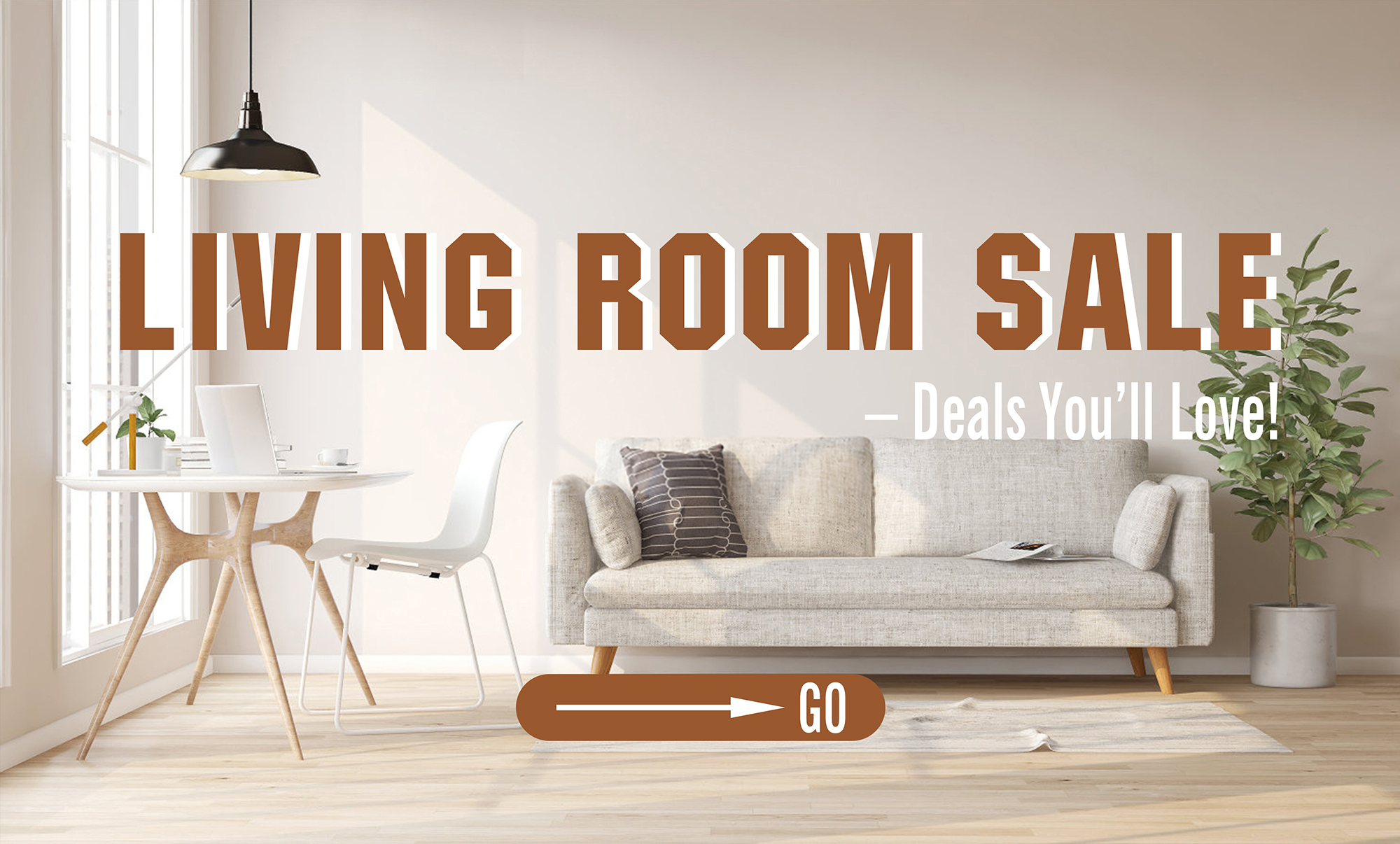

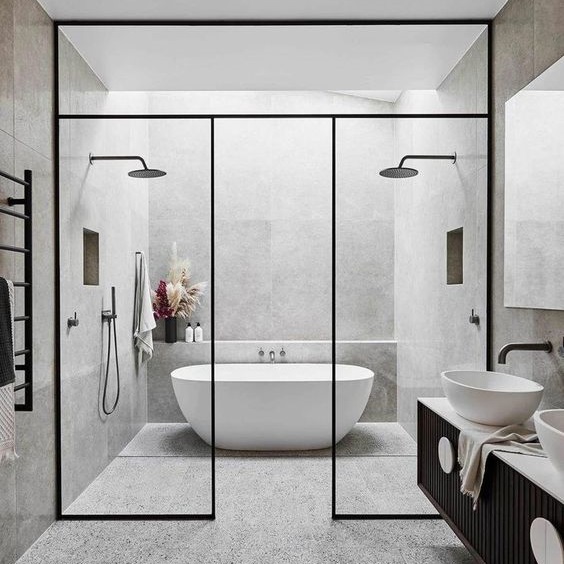
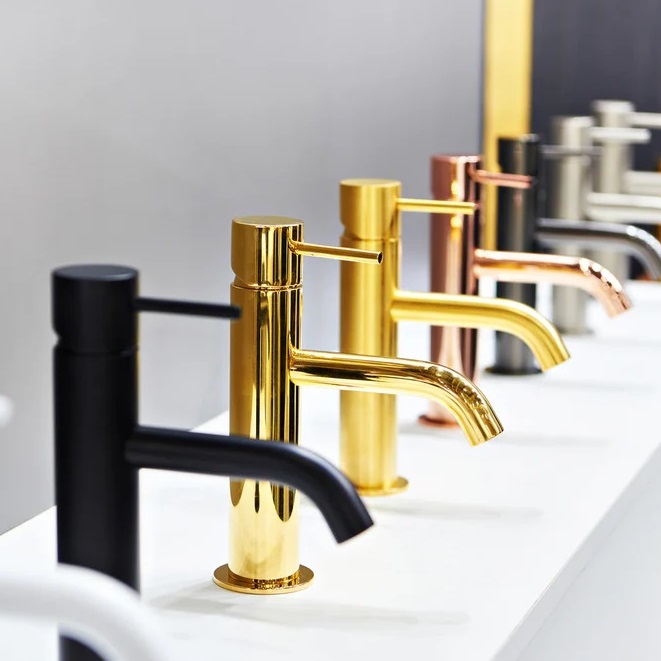
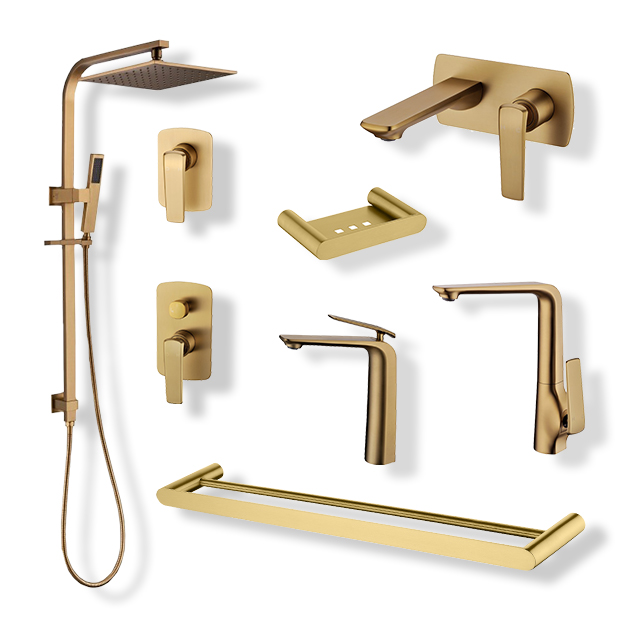


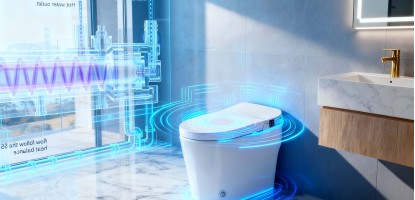
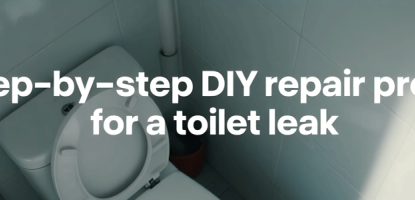
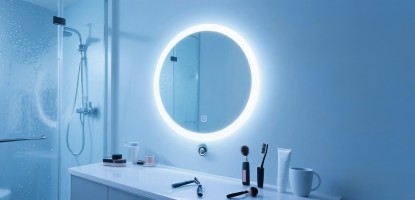
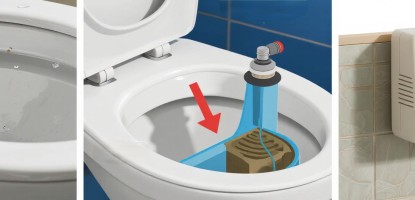
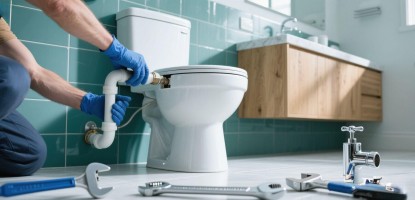
Leave a Comment